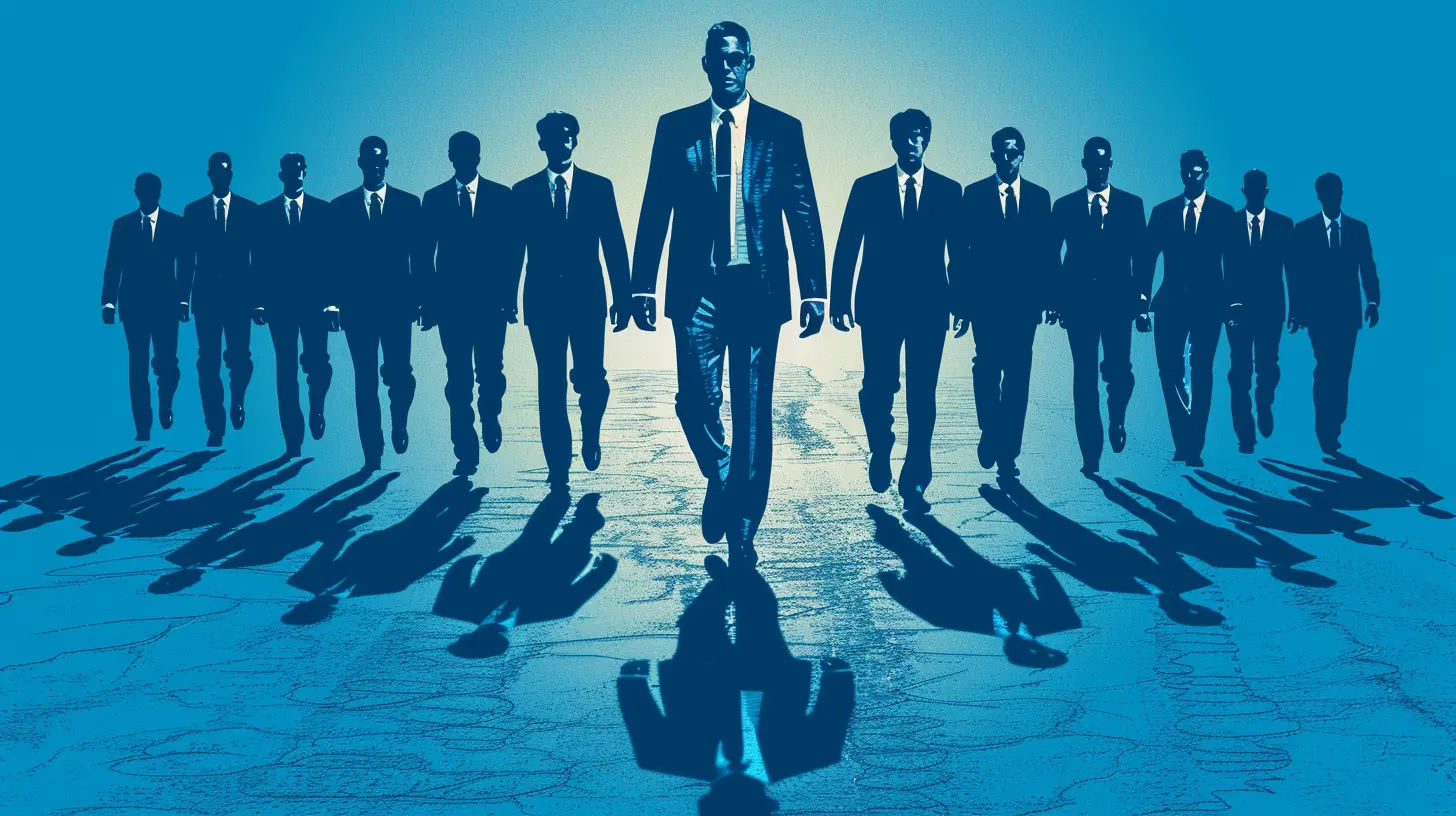The Impact of Leadership Styles on Company Culture
14 July 2025
Leadership isn’t just about calling the shots—it shapes the very soul of a company. Whether a business thrives or stumbles often boils down to how leaders inspire, communicate, and engage with their teams. Leadership styles influence everything from employee morale to productivity and even brand reputation.
But how exactly do different leadership styles affect company culture? And why should business owners, managers, and executives care? Let’s dig in.
What is Company Culture?
Before we unpack leadership styles, let’s get on the same page about company culture. It’s more than just office perks or dress codes—it’s the shared values, attitudes, and behaviors that define a workplace.Think of company culture as a business’s personality. Is it laid-back and innovative? Fast-paced and driven? Supportive and nurturing? Strong leadership doesn’t just contribute to this culture—it sets the tone for it entirely.
Leaders create the work environment, influence employee engagement, and ultimately determine whether people love or dread coming to work every day.
How Leadership Styles Shape Company Culture
Not all leadership styles are created equal. Some foster creativity and collaboration, while others drive efficiency or structure. Let’s examine how different leadership styles influence company culture.1. Autocratic Leadership: The Command and Control Approach
Autocratic leaders believe in strict hierarchy and top-down decision-making. They give clear instructions, expect obedience, and leave little room for employee input.Impact on Culture:
- Creates a disciplined and structured work environment.- Employees may feel micromanaged, leading to disengagement.
- Innovation can take a backseat since employees don’t feel empowered to voice ideas.
- High turnover rates are common, as employees often feel undervalued.
2. Democratic Leadership: Encouraging Collaboration
Democratic leaders value team participation and collective decision-making. They seek input from employees and foster open discussions.Impact on Culture:
- Promotes a culture of trust, respect, and collaboration.- Employees feel valued and motivated, boosting job satisfaction.
- Encourages innovation and creativity, as ideas flow freely.
- Decision-making may take longer, but results are often well-rounded.
3. Transformational Leadership: Inspiring Change and Growth
Transformational leaders are visionaries. They challenge the status quo and inspire employees to achieve more than they thought possible.Impact on Culture:
- Creates a dynamic and forward-thinking workplace.- Employees feel motivated and aligned with the company’s vision.
- Encourages risk-taking and continuous learning.
- Can be intense—employees may feel pressured to consistently perform at a high level.
4. Transactional Leadership: Reward and Punishment System
Transactional leaders follow a "give and take" approach. They reward employees for meeting goals and enforce consequences for failing to meet expectations.Impact on Culture:
- Fosters a results-driven environment.- Employees clearly understand expectations but may feel restricted.
- Can lead to short-term productivity boosts but may hurt morale in the long run.
- Works well in structured industries but may stifle creativity.
5. Laissez-Faire Leadership: Hands-Off Management
Laissez-faire leaders give employees complete autonomy. They trust their team to manage their own work with minimal supervision.Impact on Culture:
- Encourages creativity and independence.- Works well in highly skilled, self-motivated teams.
- Can result in confusion or inefficiency if employees lack direction.
- Employees who need guidance may feel lost or unsupported.
6. Servant Leadership: Putting Employees First
Servant leaders focus on uplifting and supporting their teams. They prioritize employee well-being and personal development.Impact on Culture:
- Fosters a culture of empathy, trust, and mutual respect.- Employees feel valued, leading to higher engagement and loyalty.
- Encourages collaboration and teamwork.
- Can be challenging in highly competitive industries where fast decisions are needed.

The Ripple Effect: Long-Term Effects of Leadership on Company Culture
Leadership isn’t just about daily decision-making—it has long-term consequences. Here’s how leadership styles can shape an organization beyond the everyday:1. Employee Engagement and Retention
Happy employees stay longer. A strong leadership style that aligns with a positive company culture can reduce turnover, saving businesses the cost of recruiting and training new employees.2. Innovation and Growth
A culture that promotes open communication and collaboration leads to innovation. Employees who feel safe sharing ideas often drive business growth.3. Brand Reputation
Company culture extends beyond the office walls. Customers, investors, and job seekers evaluate businesses based on how they treat their employees. Leadership plays a crucial role in shaping this perception.4. Productivity and Performance
A toxic work environment drains motivation. On the flip side, a supportive and engaging culture boosts productivity and overall performance.
Finding the Right Leadership Style
There’s no one-size-fits-all leadership style. The best leaders adapt based on their team, industry, and company goals.Here’s how to ensure leadership positively influences company culture:
- Be Self-Aware: Evaluate how your leadership style impacts employees.
- Encourage Feedback: Give employees a voice in shaping workplace culture.
- Balance Authority with Empathy: Strong leadership isn't about control—it's about guidance.
- Stay Open to Growth: Leadership evolves. Be willing to adjust your approach as needed.
Final Thoughts
Leadership isn't just about making decisions—it's about shaping experiences. The way leaders communicate, support, and inspire their employees lays the groundwork for company culture. Whether you’re a business owner, manager, or aspiring leader, understanding the impact of leadership styles on company culture can help you build a thriving, motivated team.At the end of the day, people don’t leave companies—they leave bad leadership. So, what kind of leader do you want to be?
all images in this post were generated using AI tools
Category:
Corporate CultureAuthor:

Miley Velez
Discussion
rate this article
2 comments
Gisela McVey
Effective leadership shapes company culture significantly, influencing employee engagement, productivity, and overall organizational success through varied styles.
November 22, 2025 at 12:53 PM

Miley Velez
Thank you for your insightful comment! I completely agree that effective leadership is crucial in shaping a positive company culture and driving engagement and productivity.
Dana Kelly
Leadership styles profoundly shape company culture, influencing employee engagement and organizational effectiveness. Understanding the nuances of these styles can help leaders cultivate an environment that fosters innovation, collaboration, and overall success.
July 26, 2025 at 3:38 AM

Miley Velez
Thank you for highlighting the crucial link between leadership styles and company culture! Indeed, effective leadership directly influences employee engagement and innovation, shaping a thriving organizational environment.


